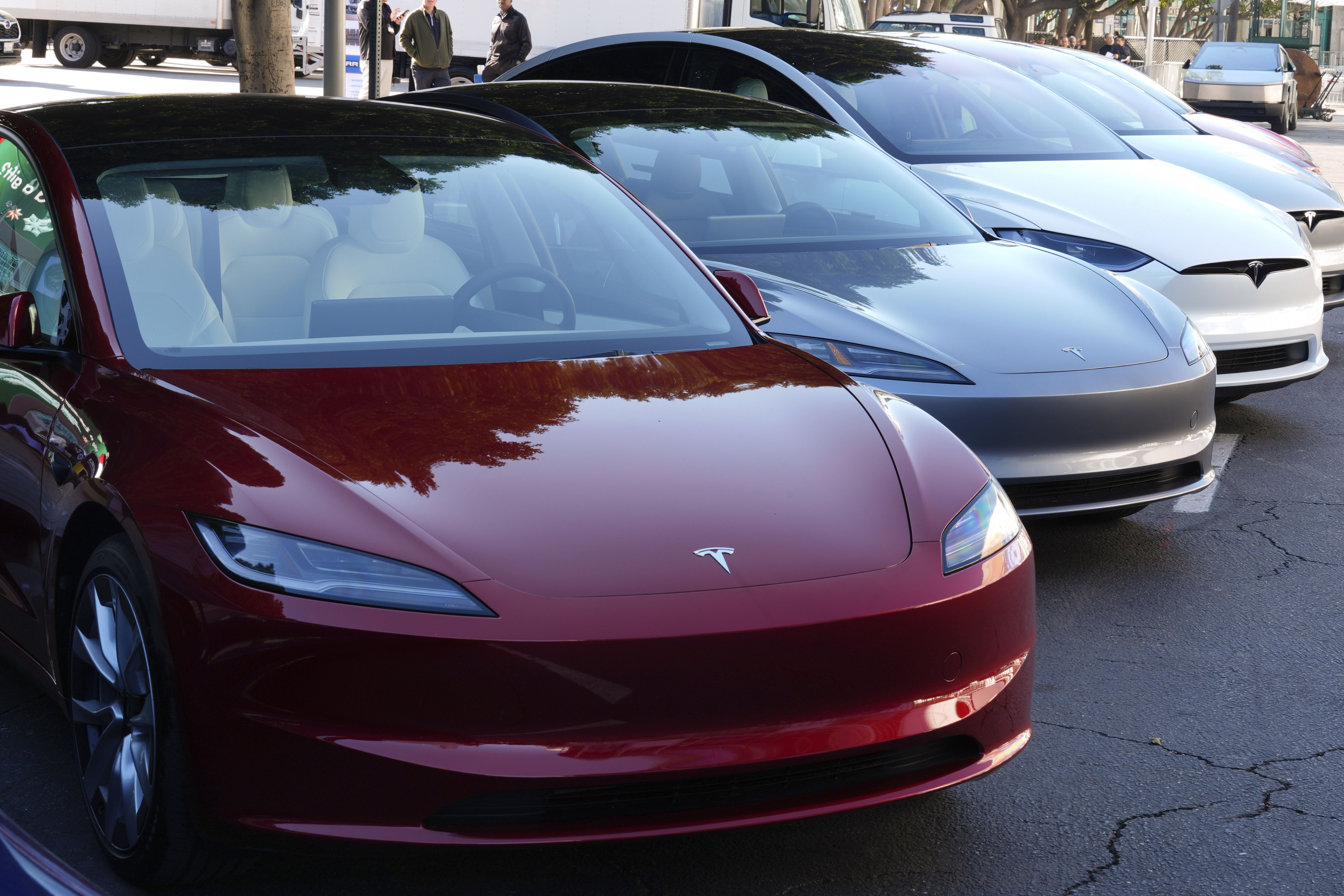(KTLA) – Unless you’re a professional racer, testing cars, or a cop, most drivers have no reason to push the limits of their vehicle and push the speedometer to the max.
So why are cars built to go well over the legal speed limit? For a few reasons.
The highest speed limit you’ll find in the United States is 85 miles per hour in Texas. In many states, including California, drivers cannot legally go over 70.
In most modern vehicles, however, the speedometer goes to 140 mph or higher (in some cases, much higher). It appears manufacturers are encouraging drivers to break the law, right? Not exactly.
There are several reasons why cars are designed to go much faster than the law allows.
Safety margins
First, drivers are given a safety margin for emergency situations which allows them to pass other vehicles safely or accelerate quickly when needed, like to avoid collisions or escape dangerous situations, MotorBiscuit explains.
Let’s say a family member has a heart attack and you live in a remote area with no first responders anywhere nearby, you would find it necessary to speed to get to the nearest hospital.
This doesn’t mean you won’t get pulled over. It just means you will have a reasonable explanation for why you were going so fast.
Reliability
By making cars that can go 120 mph or faster, there is less strain on the engine at lower speeds, which improves safety and fuel economy.
“In order to create seamless shifts all the way up the transmission, it’s necessary to increase the top speed,” MotorBiscuit writes. “If a vehicle didn’t have as high of a speed capability, it wouldn’t be able to turn large gears as efficiently.”
International Markets
While the United States has posted speed limits, that isn’t true around the globe.
Some countries have very few restrictions on speeding so automakers need to design their vehicles with broad international appeal, Kurt Tesnow, responsible for speedometer and instrument clusters for General Motors, told the Associated Press in 2013. The most obvious example is Germany’s Autobahn where there is no speed limit.
Logistically, it’s more beneficial to create one speed gauge that can work in a wide variety of cars rather than individual gauges for each model.
Marketing
There may also be a marketing aspect to an overzealous speedometer.
Some consumers view the “higher numbers” on the gauge as a sign that a car has a more powerful engine, Fawaz Baltaji, a business development manager for Yazaki North America, which supplies speedometers to companies, also told the Associated Press.
There have been attempts to decrease the speedometers. In 1979, the National Highway Safety Administration enacted a rule to keep the gauges from surpassing 85 mph, according to Insider. Two years later, President Ronald Reagan overturned the rule.
Just because a car can reach triple-digit speeds doesn’t necessarily mean it’s safe or legal to do so. Drivers who put the pedal to the metal face costly tickets, the loss of their driver’s license, or even potential jail time.

























